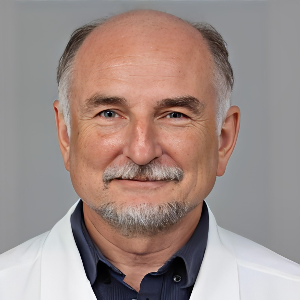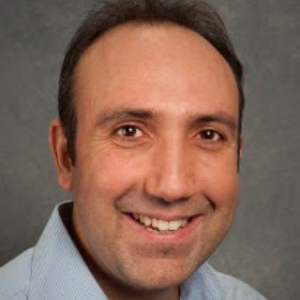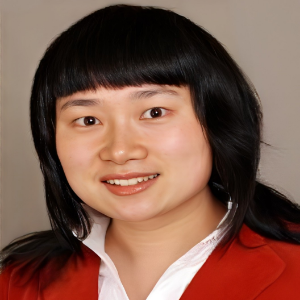A branch of medical imaging known as "Molecular Imaging" focuses on capturing images of molecules in living patients that are relevant to medicine. This contrasts with traditional techniques like histopathology for extracting molecular information from preserved tissue samples. The molecules of interest might either be those generated naturally by the body or those that a doctor injects into a patient that were created artificially in a lab. The procedure of injecting a contrast agent—such as a microbubble, metal ion, or radioactive isotope—into a patient's bloodstream and then using an imaging modality to monitor its movement within the body—such as ultrasound, MRI, CT, or PET—is the most typical example of molecular imaging used in clinical practise today. The desire to comprehend fundamental biological processes led to the development of molecular imaging in the area of radiology. The science of radiology developed molecular imaging as a non-invasive way to better comprehend basic molecular processes inside of living things. The ultimate objective of molecular imaging is the non-invasive real-time monitoring of all the biochemical activities taking on inside an organism. Cellular/molecular biology, chemistry, and medical physics are all involved in current molecular imaging research, which is focused on three main areas: 1) developing imaging methods to detect previously undetectable types of molecules; 2) increasing the number and types of contrast agents; and 3) creating functional contrast agents that provide information about the various activities that cells and tissues carry out in both health and disease.

Vladlen Slepak
University of Miami Miller School of Medicine, United States
Yong Xiao Wang
Albany Medical College, United States
Consolato M Sergi
Universities of Alberta and Ottawa, Canada



Title : The impact of metal-decorated polymeric nanodots on proton relaxivity
Paulo Cesar De Morais, Catholic University of Brasilia, Brazil
Title : Hepatotoxic botanicals-shadows of pearls
Consolato M Sergi, Universities of Alberta and Ottawa, Canada
Title : Exploring classical ayurvedic drugs in hypertension
Prashant Bhokardankar, Datta Meghe Ayurved College, India
Title : Principles and standards for managing healthcare transformation towards personalized, preventive, predictive, participative precision medicine ecosystems
Bernd Blobel, University of Regensburg, Germany
Title : Personalized and Precision Medicine (PPM) as a unique healthcare model based on design-inspired biotech- & biopharma-driven applications to secure the human healthcare and biosafety
Sergey Suchkov, N.D. Zelinskii Institute for Organic Chemistry of the Russian Academy of Sciences & InMedStar, Russian Federation
Title : Antibody proteases as translational tools of the next step generation to be applied for biopharmacy related and precision medical practice
Sergey Suchkov, N.D. Zelinskii Institute for Organic Chemistry of the Russian Academy of Sciences & InMedStar, Russian Federation
Title : Easily injectable, organic solvent free self assembled hydrogel platform for endoscope mediated gastrointestinal polypectomy
Hitasha Vithalani , IIT Gandhinagar, India
Title : Cognitivevoice: Novel machine learning model leveraging acoustic features to predict future cognitive decline in Parkinson’s Disease
Aadya Daga, Hamilton High School, United States
Title : Platelet-activating factor-receptor pathway mediates solar radiation-induced extracellular vesicle release in human keratinocytes
Ravi P Sahu, Wright State University, United States
Title : Assessment of cytocompatibility and subcutaneous host reaction to silk fibroin chitosan plugs for resorbable implant applications
Luis Jesus Villarreal Gomez, FCITEC - Universidad Autónoma de Baja California, Mexico